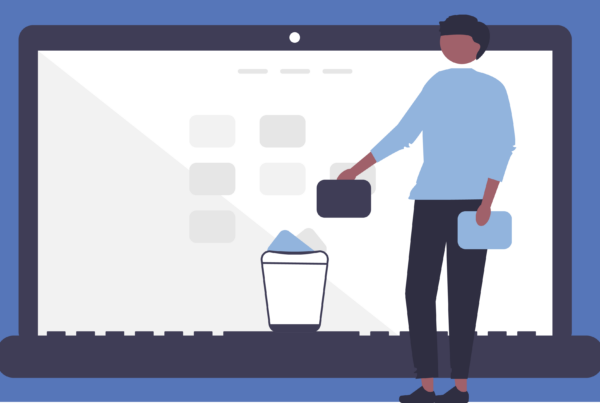
In today’s interconnected world, where our homes have seamlessly transformed into our workplaces and marketplaces, ensuring the security of our digital lives has never been more critical. As technology advances, so do the strategies employed by cybercriminals to gain unauthorized access to our sensitive information. This is where Multi-Factor Authentication (MFA) comes into play, offering a robust defense against potential threats and enhancing our online security.
Multi-Factor Authentication, often abbreviated as MFA, is an electronic authentication method that goes beyond the traditional password-based security approach. It mandates users to provide two or more forms of identity verification before granting access to a website, network, or application. This additional layer of security significantly bolsters our defenses, making it substantially harder for cybercriminals to compromise our accounts.
So, what exactly are these multiple factors of authentication? They can be categorized into three broad categories:
- Something You Know: This could be your traditional password or a PIN. While passwords are still a component of MFA, they are not the sole reliance, reducing the vulnerability associated with weak or stolen passwords.
- Something You Have: This refers to a physical item that only the legitimate user possesses. Smart cards, security tokens, or even your smartphone can fall under this category. To gain access, you would need to physically possess this item.
- Something You Are: This factor involves biometric authentication methods such as fingerprints, facial recognition, or retina scans. These unique biological traits make it extremely challenging for imposters to mimic.
While MFA has long been associated with corporate environments as a safeguard for sensitive business data, its relevance has expanded well beyond the boardroom. Home users, too, can reap substantial benefits from embracing this robust security measure.
- Remote Work and Online Transactions: With the increasing prevalence of remote work and the burgeoning e-commerce landscape, our homes have turned into remote offices and virtual marketplaces. MFA safeguards against identity theft, a menace that thrives on stolen passwords. By requiring multiple forms of verification, it ensures that even if one layer of security is breached, there are additional barriers in place to thwart malicious actors.
- Flexible Sign-In Options: MFA doesn’t equate to cumbersome authentication processes. On the contrary, it offers users flexibility in how they sign in. Whether it’s through a fingerprint scan, a one-time code sent to your smartphone, or a security token, MFA allows you to choose the method that suits you best. It’s a small trade-off for the peace of mind it brings.
In conclusion, Multi-Factor Authentication is not a security measure reserved solely for the corporate world; it’s a crucial tool for anyone seeking to safeguard their digital life. In an age where data breaches and cyber attacks are prevalent, relying solely on passwords is no longer a viable option. MFA empowers individuals to take control of their online security, providing an additional layer of defense that stands as a formidable barrier against unauthorized access.
It’s high time we move beyond the era of passwords and wholeheartedly embrace Multi-Factor Authentication. By doing so, we can fortify our digital fortresses and navigate the virtual world with confidence, knowing that our personal and sensitive information is shielded from the prying eyes of cybercriminals.




Join the discussion One Comment